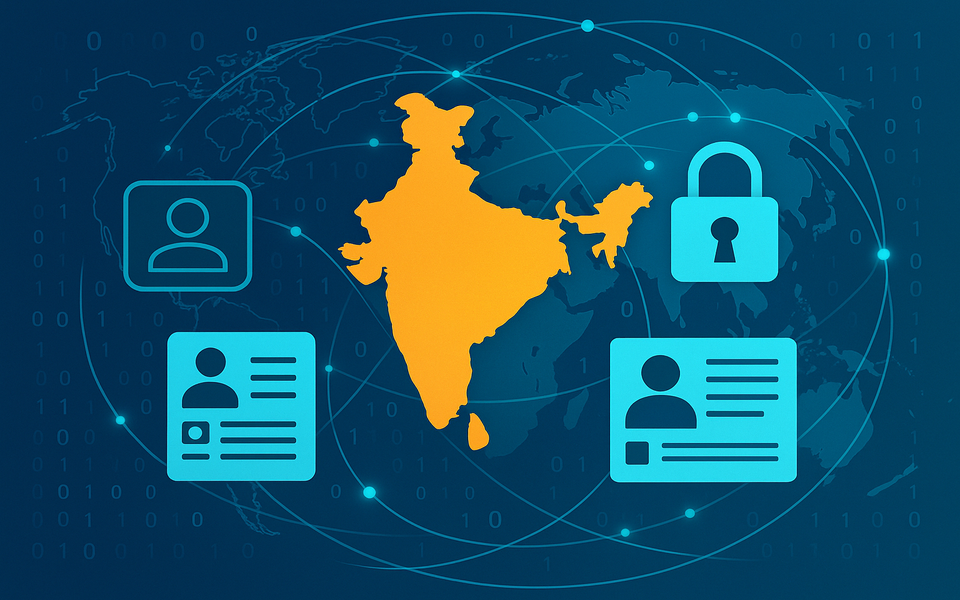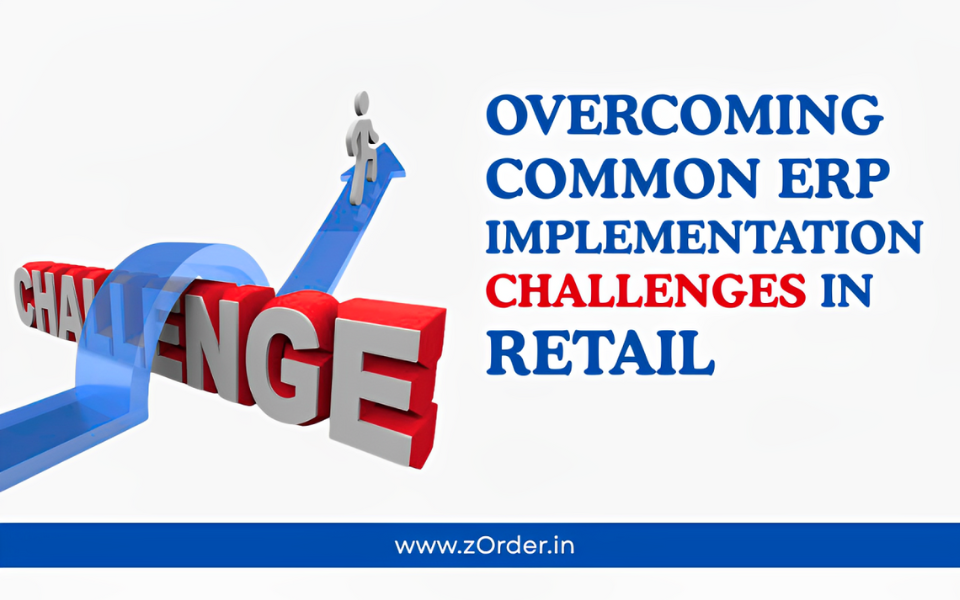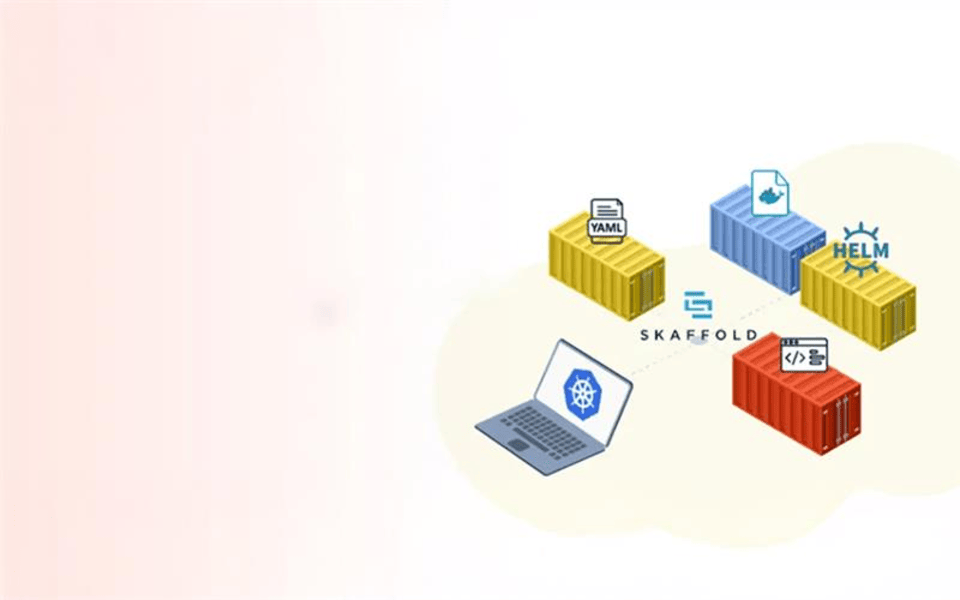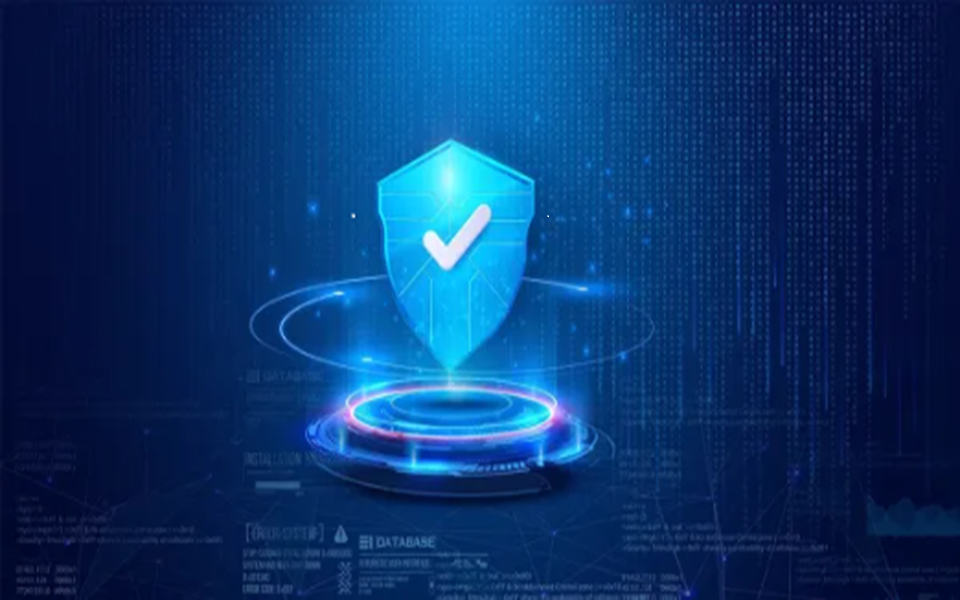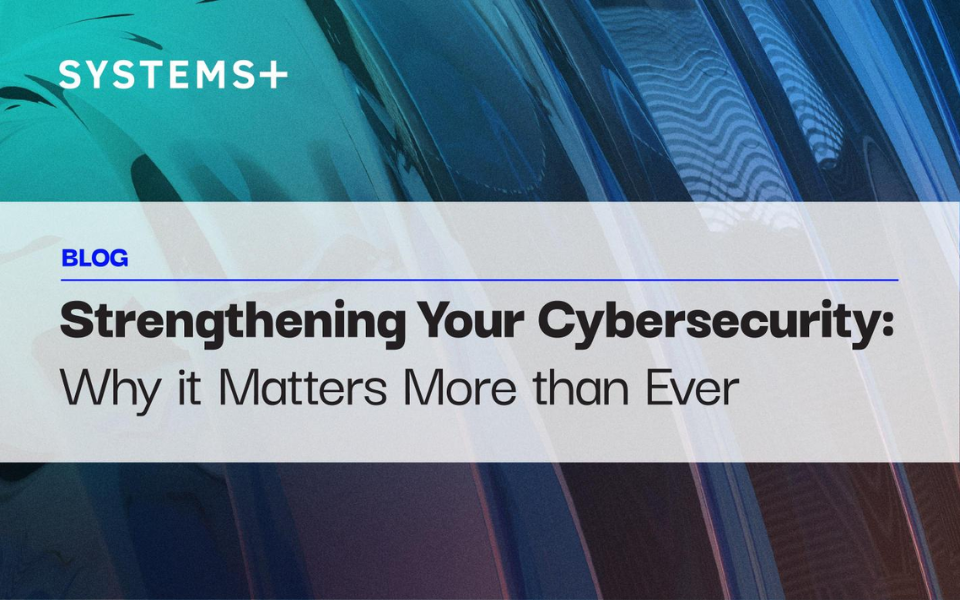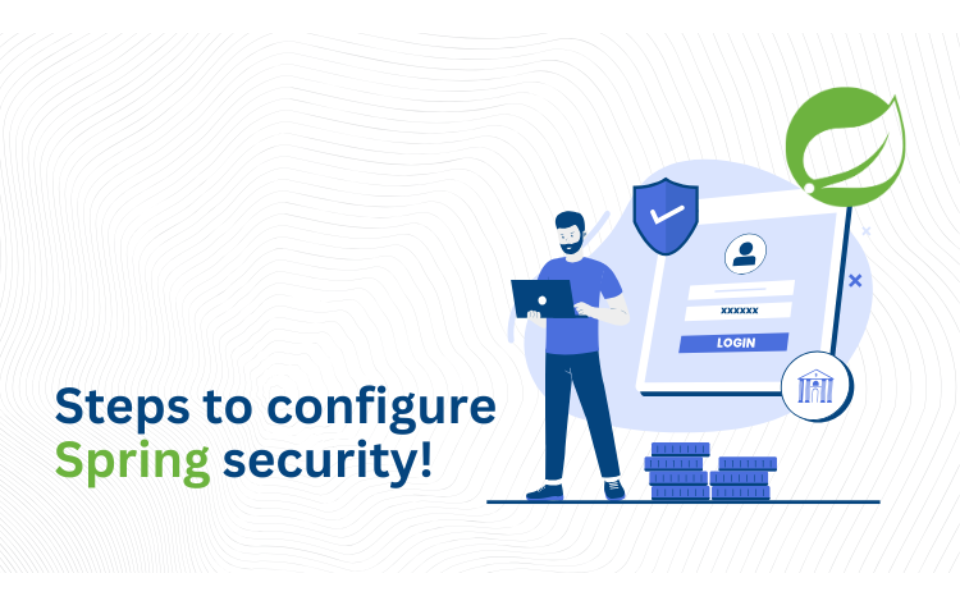DevSecOps has emerged as a standard practice for companies seeking to bolster their security posture in today's rapidly evolving digital landscape. This approach seamlessly integrates security practices into the heart of the software development process, ensuring that security is not an afterthought but a proactive and integral part of every project. From early vulnerability detection to continuous monitoring and automated checks, DevSecOps revolutionizes how organizations safeguard their digital assets. Moreover, DevSecOps isn't just about improving security. It also offers a compelling return on investment (ROI). In this blog post, we'll delve into the key reasons why DevSecOps is indispensable and the types of ROI it yields.
Understanding security posture
Before we explore the benefits of DevSecOps, let's first grasp the concept of security posture. An organization's security posture is the big-picture view of its cybersecurity strength and resilience. It measures how prepared an organization is to defend against and respond to cyber threats across its systems, networks, and procedures. A strong security posture is essential to protect an organization's digital assets and sensitive data, safeguarding its reputation and financial stability. It establishes a robust defence, reduces vulnerabilities, and takes a proactive stance in the ever-evolving landscape of cybersecurity.
Key metrics to quantify DevSecOps
Now that we understand the significance of security posture let's look at the key metrics that quantify the effectiveness of DevSecOps practices. Organizations rely on metrics to evaluate software quality by tracking defect counts, security vulnerabilities, and time-to-fix. These metrics aid in maintaining quality, boosting team performance, and enhancing overall efficiency and security. They are benchmarks for assessing the impact of your DevSecOps implementation. Let's explore their role in achieving robust security and delivering tangible returns on investment, particularly from the perspective of CISOs in large enterprises:
- Application change time: Application change time is the duration it takes to transform a piece of code, a software update, into a reality. It serves as a critical gauge of the development pipeline's efficiency, encompassing crucial steps like building, testing, and deploying these updates. In essence, a shorter application change time reflects the ability to move swiftly and nimbly.
- Application deployment frequency: This metric measures how often updates are released to the production environment. It is crucial to analyze this metric alongside others. Low deployment frequency may be acceptable for mature products, while high frequency is common for newer ones. If deployment frequency is low despite many issues or long patch times, it could indicate workflow or team problems that need attention.
- Availability: This metric tracks how often an application is up and running versus experiencing downtime within a specific timeframe. It can be expressed as either percentages or time values. This metric is crucial because it directly relates to the application's adherence to service-level agreements (SLAs) that the business relies upon.
- Change failure rate: Change failure rate measures the frequency of failed production deployments, leading to either a rollback to the previous version or an aborted deployment. A noteworthy increase in this rate may signal underlying issues like team expertise, lack of clarity in operational objectives, challenges in the deployment process, or inadequate management of the existing deployment infrastructure.
- Mean time to recovery (MTTR): MTTR is the time taken to restore normal production operations after a deployment failure. A shorter MTTR typically reflects a proficient DevSecOps team with effective control over the deployment environment. Lengthy MTTRs can negatively impact business operations, often leading to concerns and urgent action from business leaders.
- Vulnerability density reduction: Vulnerability density reduction is a vital metric in assessing DevSecOps practices. Lowering vulnerability density implies an early, proactive approach to security, where issues are detected and remediated promptly. This metric demonstrates a commitment to security management while aligning with regulatory requirements. In essence, it signifies an organization's dedication to making security an integral part of development, thereby quantifying the effectiveness of its DevSecOps strategy.
- Compliance efficiency: By measuring various aspects of compliance-related processes, such as automation, speed, resource utilization, and risk reduction, organizations can gauge how well security and compliance are integrated into their development pipelines. This metric can help ensure that software development aligns with industry standards and regulatory requirements while reducing the risk of security incidents and breaches.
These DevSecOps metrics become a standard for CISOs and CSOs (especially large enterprises) striving for the ideal security posture. They fortify security and yield significant returns on investment by lowering risks, cutting operational expenses, and elevating software quality.
What keeps CIOs and CSOs awake at night? - Real-world security incidents in 2023
Let's look at just a few security incidents that rocked enterprise-level organizations in 2023 alone and take a moment to understand why a robust security posture and effective DevSecOps practices are imperative. These should also give you an idea about the diversity of incidents that occur, affecting millions worldwide.
Seiko: Seiko, the Japanese watch manufacturer, revealed on August 10, 2023, that they had fallen victim to a data breach attributed to a famous ransomware group. The data compromised in the breach comprises blueprints, patented technology, and other confidential information. Fortunately, sensitive customer data was not part of the stolen information.
Heritage Provider Network, Inc: In February, this California-based healthcare provider informed its patients that they had been targeted in a ransomware attack that first took place on December 1. The breach exposed the sensitive data of more than 3.3 million patients. This compromised patient information encompassed their full names, social security numbers, birthdates, addresses, and medical records, which potentially included medical-related details like lab test results, prescriptions, insurance information, and radiology reports, among other things. Following this disclosure, Heritage Provider Network and its affiliated partners have faced several class-action lawsuits.
Mailchimp: Mailchimp encountered a security incident on January 11, where they identified a social engineering attack. In this attack, a hacker employed deceptive tactics to convince one of Mailchimp's employees to divulge their account credentials. Subsequently, the hacker gained unauthorized access to 133 user accounts. Mailchimp promptly responded by suspending access to the affected accounts and informing the primary contacts for those accounts within 24 hours.
MOVEit: The MOVEit cyber-attack is one of the most significant ones of 2023, impacting various types of organizations. MOVEit is a platform that handles sensitive data like medical records, social security numbers, and billing info. Over 1,000 organizations have been affected, making it one of the largest hacks in recent history. The attack began when a zero-day vulnerability in MOVEit Transfer software was disclosed in May. This vulnerability allowed attackers to steal sensitive customer data. The attackers demanded ransoms and threatened to publish the stolen data. The attack has affected a wide range of victims, from New York public school students to Louisiana drivers and California retirees, highlighting how a single software flaw can trigger a global privacy crisis.
These incidents are just a few examples of what can go wrong within no time. The causes and effects of such potential occurrences must be known to security leaders from the beginning.
Where do companies look to cut corners?
Security is a serious business, and cutting corners is never an option. However, many companies tend to underestimate the potential risks by neglecting certain areas, often influenced by the desire to save costs or time. This eventually results in significant problems. Let's look at the areas where the temptation to cut corners may arise, even though doing so can lead to severe consequences.
- Insufficient security testing: Companies might skip or reduce the scope of security testing, such as code reviews, static and dynamic analysis, and penetration testing. This can lead to undetected vulnerabilities in the software.
- Inadequate training: Insufficient training of development and operations teams in security practices can result in teams needing more knowledge and skills to address security issues effectively.
- Overly reliant on automation: While automation is essential in DevSecOps, relying too heavily on automated tools without human oversight can lead to false positives or negatives, missing actual security threats.
- Ignoring compliance requirements: Failing to address regulatory and compliance requirements can lead to legal and financial repercussions. Companies may choose to overlook compliance to save time and resources, or they may lack the resources to understand and lead compliance.
- Inadequate documentation: Proper documentation of security processes, configurations, and incident response plans is often overlooked, making it challenging to handle security incidents effectively.
- Delaying updates and patching: Delaying the installation of security updates and patches for software and infrastructure can leave systems vulnerable to known exploits.
- Poor access control: Inadequate access control policies can result in unauthorized access to sensitive data and systems.
- Minimal monitoring and incident response: Failing to set up robust monitoring and incident response systems can delay the detection and mitigation of security incidents.
DevSecOps is a value-generating strategy
DevSecOps has the transformative power to enhance security posture and fortify organizations against evolving cyber threats to deliver tangible returns on investment (ROI) ultimately. It's a proactive investment that pays dividends by reducing risks, cutting operational expenses, and elevating software quality—all while safeguarding your organization's future success. However, the value of DevSecOps extends beyond the tangible metrics.
For large enterprises, the intangible ROI of DevSecOps is equally compelling. It's the peace of mind that comes with knowing your organization is fortified against threats. It's the confidence to innovate and embrace digital transformation without fear of security breaches. It's the preservation of brand reputation and customer trust, which are priceless assets in today's competitive landscape.
So, where do you stand in this journey towards a fortified security posture and a more prosperous future?









